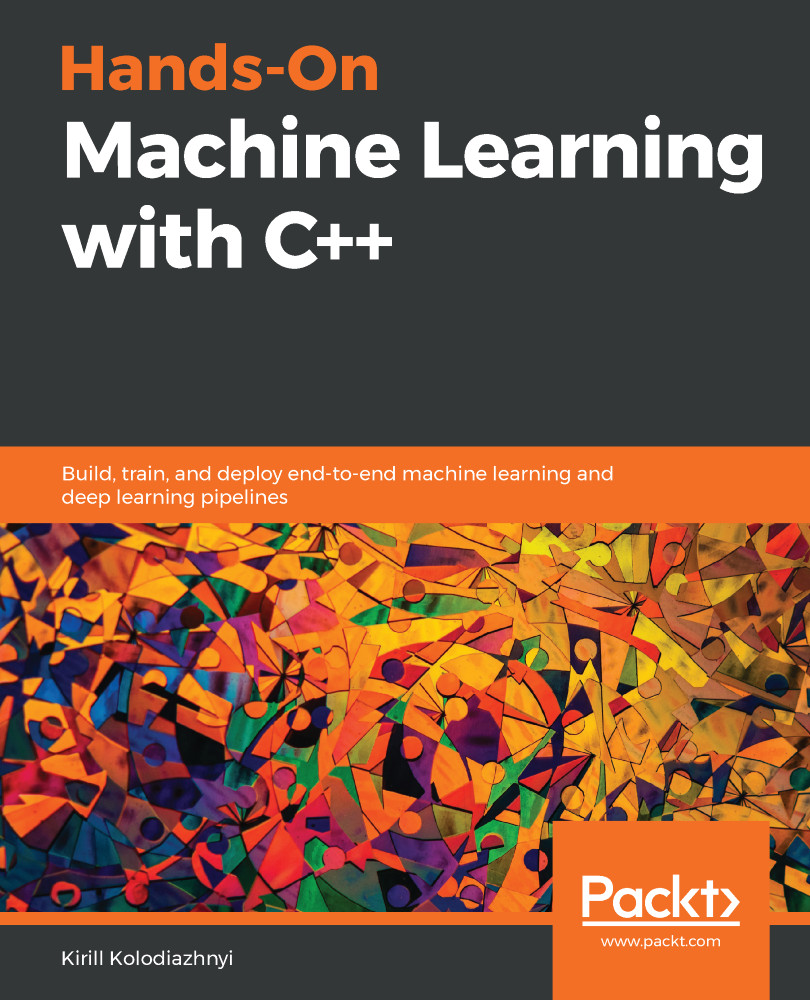In this chapter, we discussed supervised machine learning approaches to solving classification tasks. These approaches use trained models to determine the class of an object according to its characteristics. We considered two methods of binary classification: logistic regression and SVMs. We looked at the approaches for the implementation of multi-class classification with the use of binary classifiers.
We also examined the nearest neighbor method, which can deal with multi-class classification without additional actions. We saw that working with non-linear data requires additional improvements in the algorithms and their tuning. Implementations of classification algorithms differ in terms of performance, as well as the amount of required memory and the amount of time required for learning. Therefore, the classification algorithm's choice should be guided by a specific...












































































